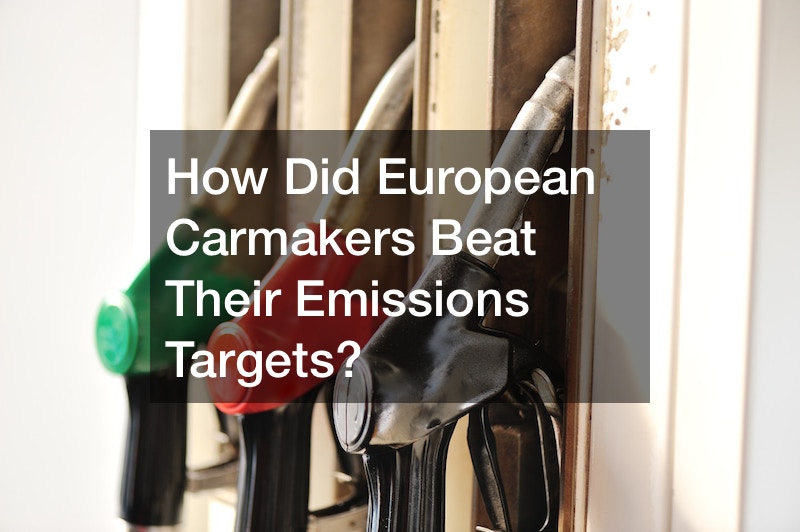

The global automotive percentage is commanded by European cars. European car makers have helped to shape the automotive industry in a big way. Europe makes some coolest brands, including Mercedes, BMW, VW, Porsche, Audi, and Volkswagen. European cars are better in fuel efficiency than their American counterparts. Many vehicles have superb built-in technology that allows the driver to change temperatures, car scents, and different car seat temperatures at the touch of a button.
European cars last much longer than those made in America. This is attributed to the quality materials they use to create automobiles. The best thing is that you have mechanics specializing in that particular vehicle. For instance, if an Audi is faulty, you’ll take it to a specific Audi repair mechanic for a checkup and repair. I would look into certification and professionalism when looking for the best European auto repair near me. It’s not a hassle to get a genuine European auto body repair near me, unlike the case of getting the best German car repair near me. European Import auto repair is real; thus no need to panic in case of a breakdown.

This April the European Environment Agency of the European Union announced that automakers there actually came in below the reduced emissions target set by regulators. In 2015, new cars sold in the 28 EU member countries emitted 119.6 grams of CO2 per kilometer on average, a full eight percentage points below the year’s target rate. In total, European carmakers reduced emissions by 3% compared to 2014.
The European strategy is two-fold: downsize engines and reduce overall vehicle weight, a process known as lightweighting.
Unfortunately, lightweighting has had some unintended consequences. One of the easiest ways for carmakers to reduce weight is by eliminating parts that dampen road noise, which is why so many new cars are far louder than consumers are used to. Unfortunately, many consumers now expect cars to be quiet enough to accommodate cell phone conversations and Bluetooth technology, which isn’t possible if the vehicle interior sounds like a race track.
In the 1990s carmakers in the United States began using mass backing, an insulating material bonded to the vehicle’s molded carpet. Mass backing provided sound protection, heat insulation, and a luxury aesthetic. In the era of lightweighting, components like these are quickly flying out the window, along with once standard features like spare tires or acoustic panels.
At the 2015 WardsAuto Interiors Conference, auto industry experts described a lighter car seat as the “holy grail” of lightweighting, and carmakers will seemingly do anything to meet new fuel-economy mandates (ahem, Volkswagen).
So far, it looks like these efforts are paying off, at least according to the latest emissions figures from the European Union. Still, the auto industry faces an uphill battle moving forward. In Europe, the target emission for 2021 is just 95 grams of CO2 per kilometer, and the industry may have reached the limits of lightweighting in gasoline-fueled cars.
The European country with the lowest emissions in 2015 was the Netherlands, which also had the highest proportion of hybrid and electric vehicles on the road.